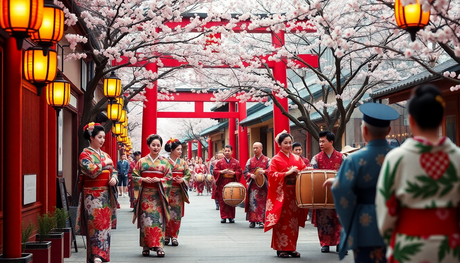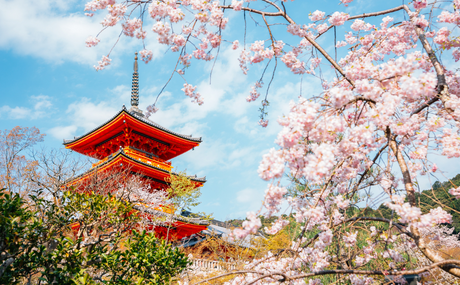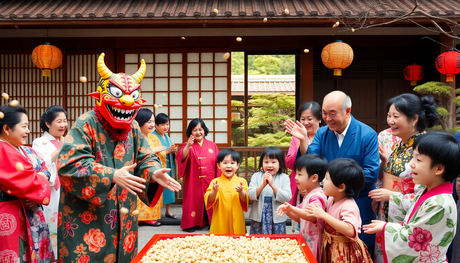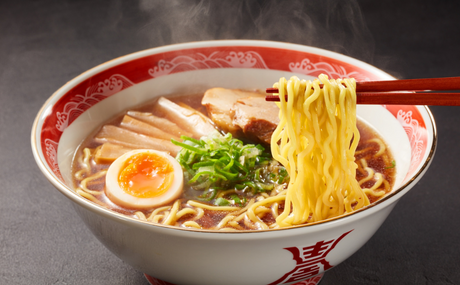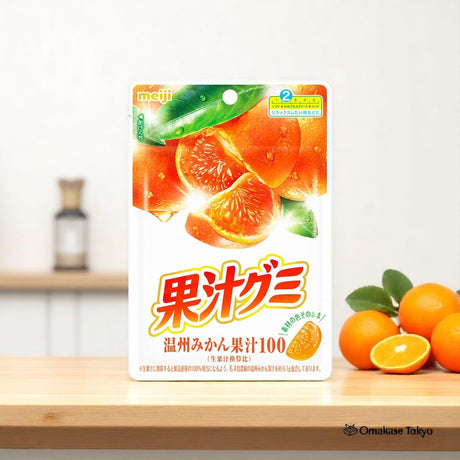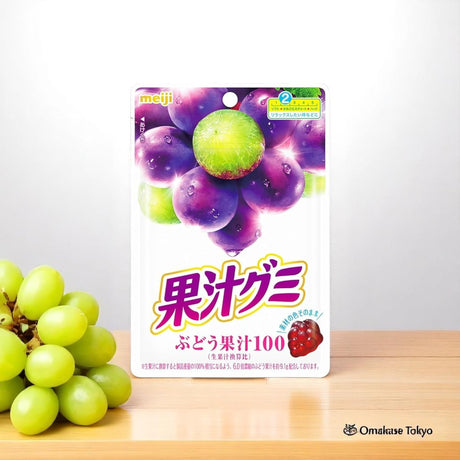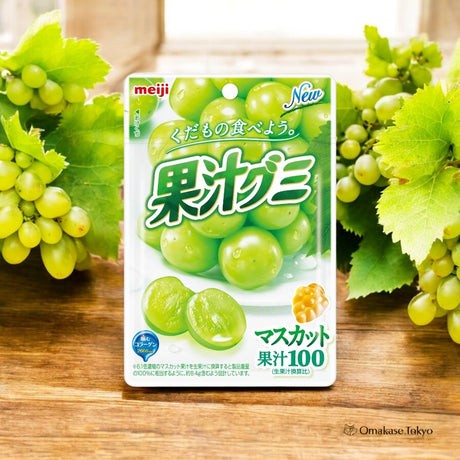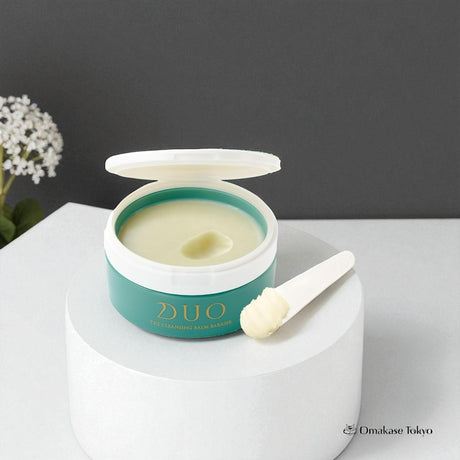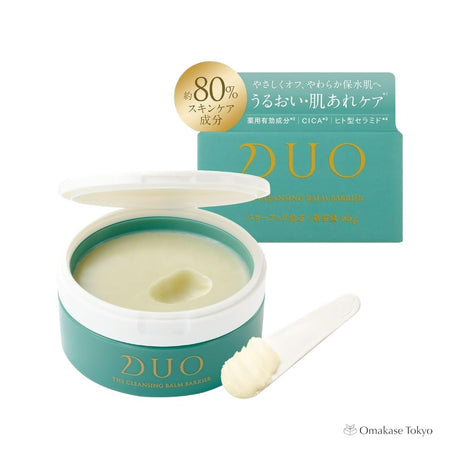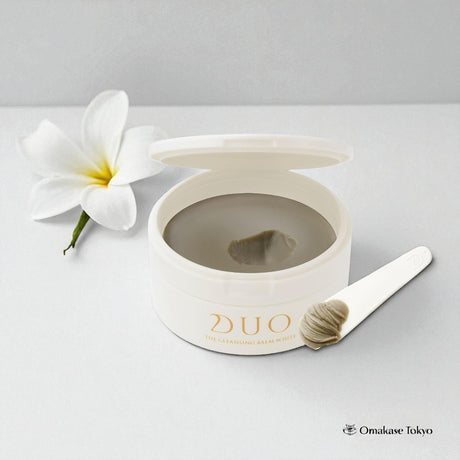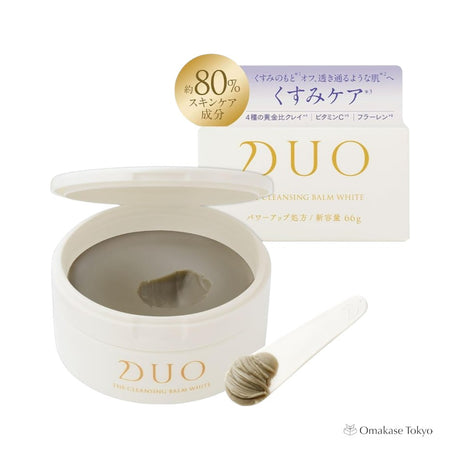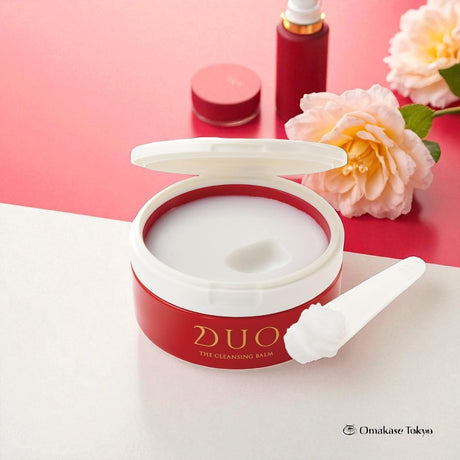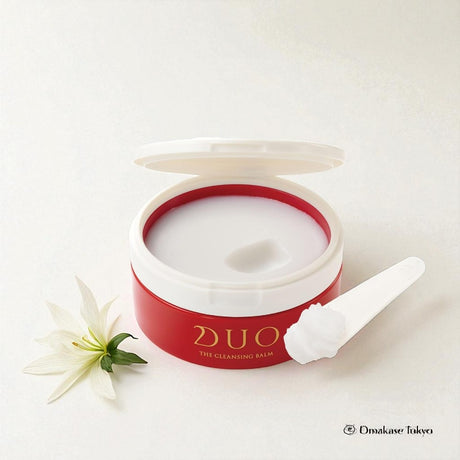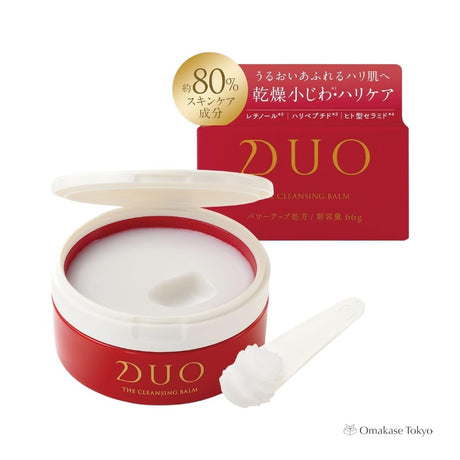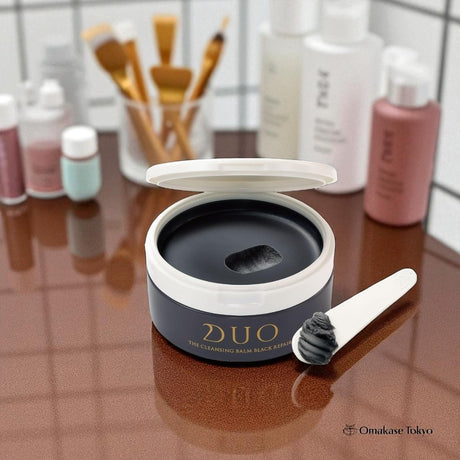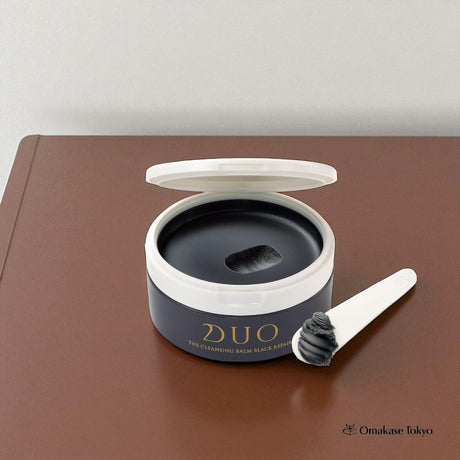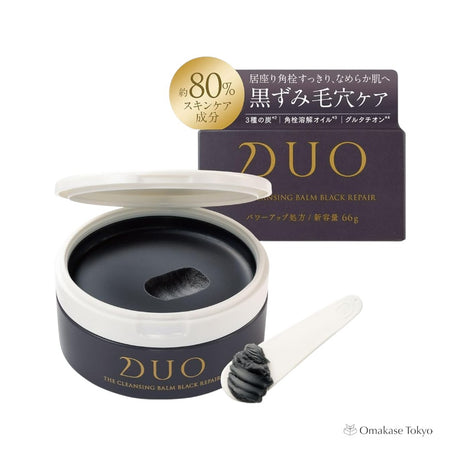Japanese Nabe: The Ultimate Guide to Winter Hot Pot Dishes
As winter temperatures drop, there's nothing quite as comforting as gathering around a steaming pot of nabe. This traditional Japanese hot pot dish has warmed hearts and homes for centuries, offering not just a meal but an experience that brings people together. Whether you're a seasoned nabe enthusiast or curious to try this cozy culinary tradition, this guide will introduce you to the delicious varieties that make nabe a winter essential.
What is Nabe?
Nabe, short for "nabemono," refers to Japanese hot pot dishes cooked and served in a communal pot at the table. The name comes from the cooking vessel itself—a wide, shallow pot that sits over a portable heat source. This interactive dining style encourages conversation and connection as diners cook ingredients together and share from the same pot.
The beauty of nabe lies in its simplicity: fresh ingredients simmered in flavorful broth, creating a warming, nutritious meal perfect for cold weather. Each region of Japan has developed its own nabe variations, resulting in a diverse range of flavors and styles.
Popular Types of Nabe
Shabu-Shabu
One of the most famous nabe varieties, shabu-shabu features thinly sliced meat (typically beef or pork) that diners swish through boiling broth. The name mimics the swishing sound made when cooking the meat. The broth is usually a simple kombu dashi, allowing the quality of the ingredients to shine. Vegetables like napa cabbage, mushrooms, and tofu accompany the meat, and everything is dipped in ponzu or sesame sauce.
Sukiyaki
Sukiyaki stands apart with its sweet-savory flavor profile. This hot pot combines thinly sliced beef with vegetables, tofu, and noodles in a broth made from soy sauce, sugar, and mirin. The signature element is dipping the cooked ingredients in raw beaten egg, which creates a rich, silky coating. This luxurious dish became popular during the Meiji era when beef consumption became more common in Japan.
Chanko Nabe
Originally created to fuel sumo wrestlers, chanko nabe is a protein-packed hot pot that can include chicken, fish, tofu, and an abundance of vegetables. The hearty broth can be miso-based, soy sauce-based, or salt-based depending on preference. This nutritious dish provides the calories and nutrients needed for the demanding sumo lifestyle, though you don't need to be a wrestler to enjoy its satisfying flavors.
Yosenabe
Yosenabe is the "everything pot"—a freestyle nabe where various ingredients come together in harmony. There are no strict rules, making it perfect for using whatever ingredients you have on hand. Common components include seafood, chicken, tofu, mushrooms, and vegetables in a light dashi or miso broth. This versatility makes yosenabe a popular choice for home cooking.
Kimchi Nabe
Bringing Korean influence to the Japanese hot pot tradition, kimchi nabe features fermented kimchi as the star ingredient. The spicy, tangy broth typically includes pork, tofu, vegetables, and sometimes cheese for added richness. This fusion dish has become increasingly popular in Japan, especially among those who crave heat during winter months.
Mizutaki
Hailing from Fukuoka, mizutaki is an elegant chicken-based hot pot. Chicken pieces simmer in a milky-white collagen-rich broth made from chicken bones, creating a deeply nourishing soup. Diners add vegetables and tofu as they eat, finishing each bite with a dip in ponzu sauce with citrus and green onions. The broth becomes even more flavorful as the meal progresses.
Ishikari Nabe
This Hokkaido specialty showcases the region's famous salmon. Ishikari nabe combines salmon, vegetables, tofu, and sometimes salmon roe in a miso-based broth enriched with butter. The combination reflects Hokkaido's dairy farming tradition alongside its fishing heritage, creating a uniquely rich and satisfying hot pot perfect for the region's harsh winters.
Motsunabe
For the adventurous eater, motsunabe features beef or pork offal (intestines) as the main ingredient. Popular in Fukuoka, this dish transforms humble ingredients into something delicious through slow simmering in a garlic and soy sauce or miso broth. The offal becomes tender and flavorful, and the dish is typically finished with champon noodles to soak up the rich broth.
How to Enjoy Nabe at Home
Creating nabe at home is simpler than you might think. You'll need a portable gas burner or electric hot plate, a wide shallow pot, and fresh ingredients. Start with a good quality broth base, arrange your ingredients attractively on a platter, and let everyone cook their own portions at the table.
The beauty of nabe is the flexibility—adjust ingredients based on dietary preferences, spice levels, and what's available. Most nabe meals end with adding rice or noodles to the flavorful remaining broth, ensuring nothing goes to waste.
Why Nabe is Perfect for Winter
Beyond its warming properties, nabe offers numerous benefits that make it ideal for cold weather. The high vegetable content provides essential nutrients, the hot broth keeps you hydrated, and the communal cooking style creates memorable social moments. It's also a healthier option than many comfort foods, as ingredients are simmered rather than fried.
Whether you're drawn to the refined simplicity of shabu-shabu, the bold flavors of kimchi nabe, or the hearty satisfaction of chanko nabe, there's a Japanese hot pot style to suit every palate. This winter, gather your friends and family around a bubbling pot of nabe and experience the warmth, flavor, and connection this beloved tradition offers.













